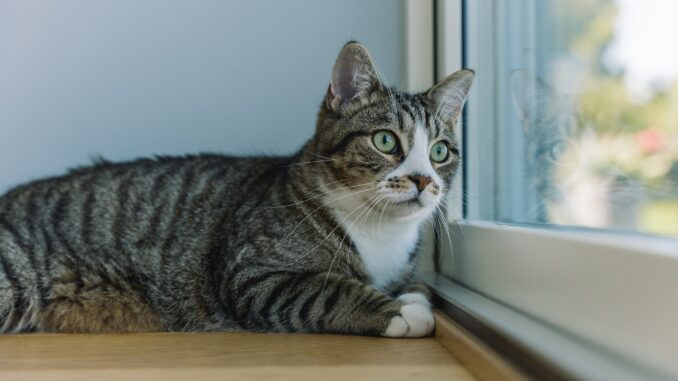
The eternal debate between whether cats should be kept as indoor cats or allowed to roam freely as outdoor cats has long been a topic of contention among pet owners. While both options have their advantages and disadvantages, it is crucial for cat owners to weigh the risks and benefits before deciding what environment best suits their feline companions. In this article, we will explore the pros and cons of keeping cats indoors versus letting them venture outside, along with essential safety tips to ensure the well-being of your furry friends.
Indoor Cats:
Pros:
- Safety and Security: Indoor cats are protected from potential dangers such as traffic, predators, diseases, and other outdoor hazards.
- Longevity: Indoor cats tend to live longer lives as they are less exposed to risks that outdoor cats face.
- Health: With a controlled environment, indoor cats are less likely to encounter parasites, fleas, ticks, and infectious diseases.
Cons:
- Exercise and Stimulation: Indoor cats may not receive the same level of physical and mental stimulation as outdoor cats.
- Boredom: Limited space indoors can lead to boredom and behavioural issues such as excessive meowing, scratching, or aggression.
- Obesity: Lack of exercise can contribute to obesity in indoor cats, leading to various health problems.
Outdoor Cats:
Pros:
- Exploration: Outdoor cats have the freedom to explore their surroundings, exhibit natural behaviors, and satisfy their hunting instincts.
- Exercise: Outdoor cats have ample space to exercise and stay physically fit.
- Mental Stimulation: Outdoor environments provide varied stimuli that can keep cats mentally engaged and prevent boredom.
Cons:
- Safety Risks: Outdoor cats are susceptible to injuries from fights, accidents, poisoning, and exposure to infectious diseases.
- Predators: Cats outdoors face the risk of encounters with predators such as dogs, coyotes, or other wildlife.
- Environmental Hazards: Outdoor cats may ingest toxic plants, come into contact with harmful chemicals, or be exposed to harsh weather conditions.
Safety Tips for Outdoor Cats:
- Identification: Ensure your cat wears a collar with an ID tag and consider microchipping for added security.
- Supervision: Monitor your cat’s outdoor activities, especially in unfamiliar or risky environments.
- Vaccinations: Keep your cat up-to-date on vaccinations to protect against diseases common in outdoor environments.
- Access to Shelter: Provide a safe and comfortable outdoor shelter for your cat to seek refuge in adverse weather conditions.
- Regular Health Checks: Schedule regular veterinary check-ups to detect and address any health issues early.
In conclusion, the decision to keep your cat indoors or allow it outdoor access depends on various factors, including your cat’s temperament, living environment, and safety considerations. While indoor cats benefit from a controlled and secure environment, outdoor cats enjoy the freedom to explore and engage with their surroundings. Ultimately, the key lies in finding a balance that prioritizes your cat’s safety, well-being, and quality of life. By understanding the pros and cons of both options and implementing essential safety measures, you can ensure that your feline companion leads a happy, healthy, and fulfilling life, whether indoors or outdoors.
Leave a Reply
You must be logged in to post a comment.